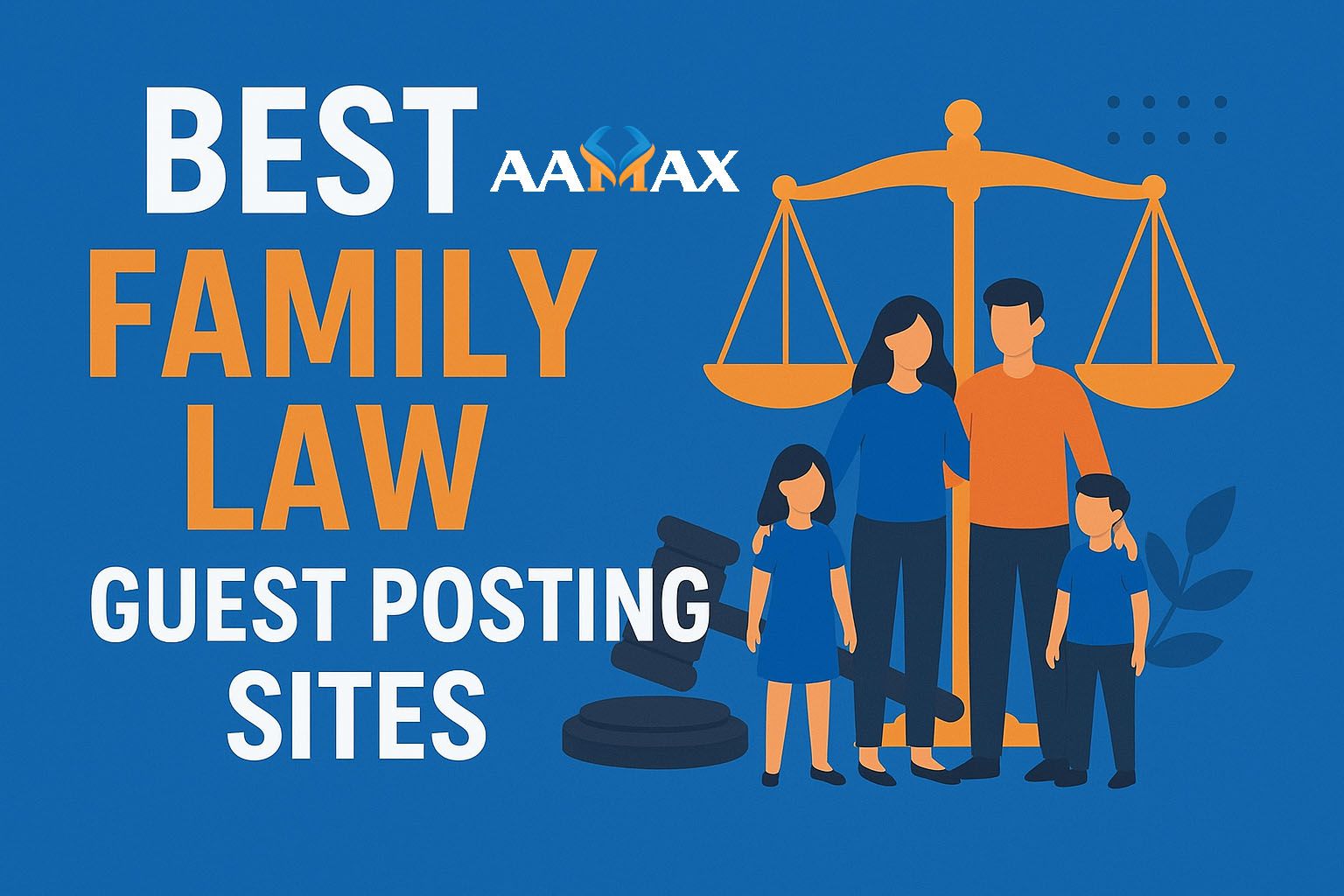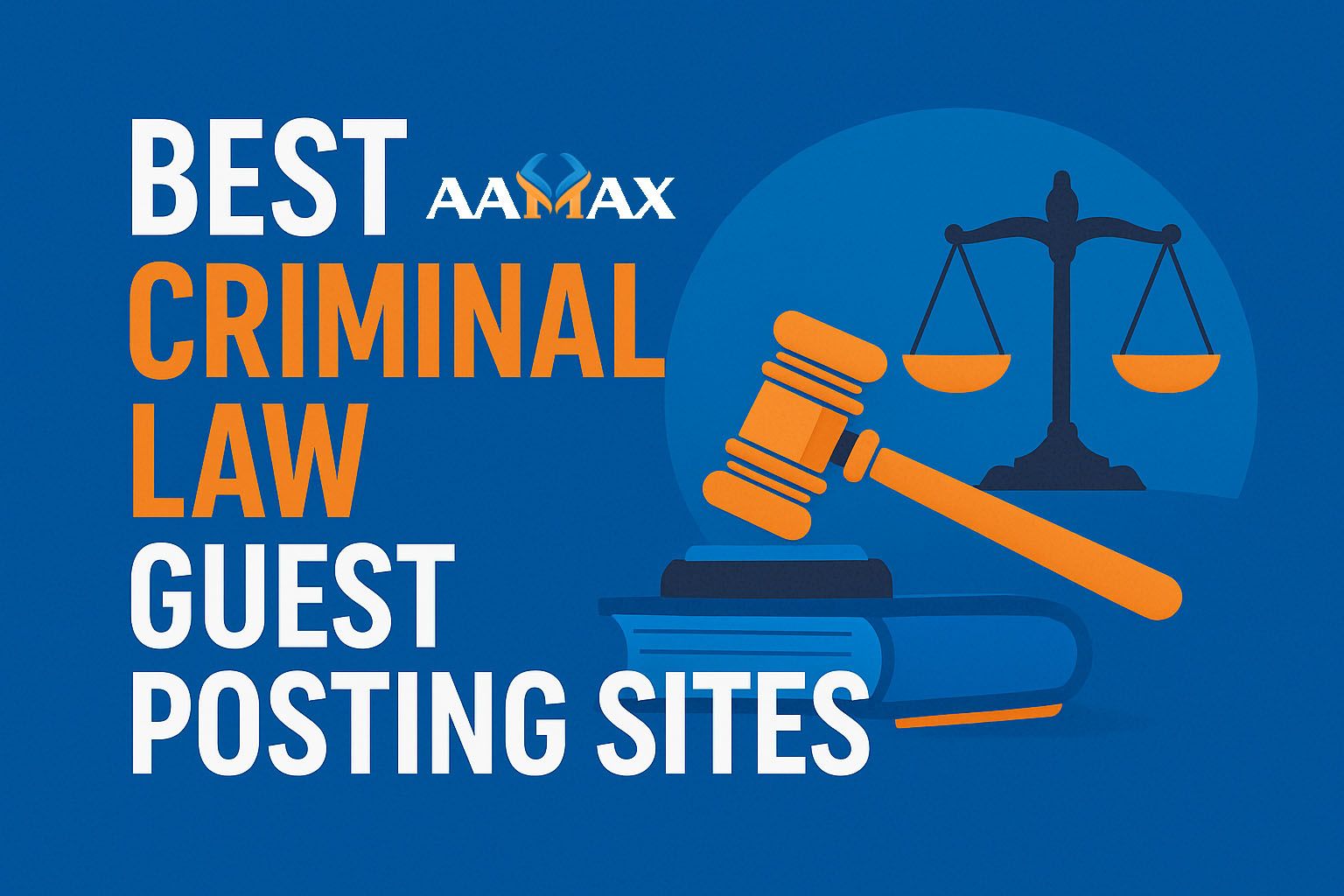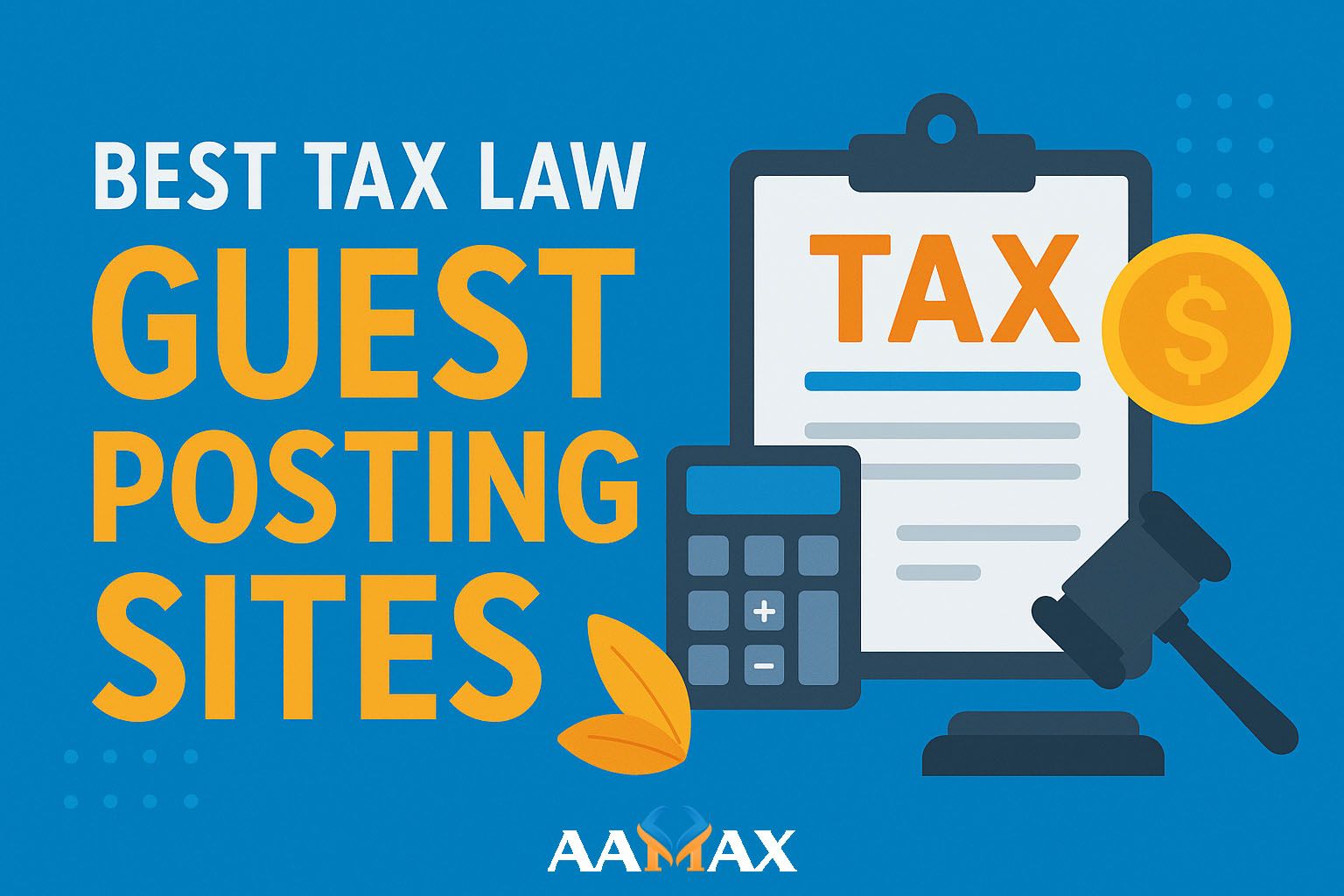
On-Page SEO Activities: On-Page SEO Techniques to Use
In the ever-evolving world of search engine optimization (SEO), on-page SEO remains a foundational pillar for digital marketers, web developers, and content creators. It refers to all the actions taken directly within a website to improve its position in search engine rankings. Unlike off-page SEO, which involves external signals like backlinks, on-page SEO focuses on optimizing elements you control—content, HTML source code, site structure, and user experience.
In this comprehensive guide, we’ll delve into key on-page SEO techniques that can dramatically enhance your website’s visibility, user engagement, and conversions. Whether you're a novice or a seasoned SEO expert, this guide will serve as a valuable reference.
1. Title Tags Optimization
The title tag is one of the most critical elements for on-page SEO. It tells both users and search engines what the page is about. Google often uses the title tag as the clickable headline in the search engine results pages (SERPs).
Best Practices:
- Keep it under 60 characters.
- Place the primary keyword near the beginning.
- Make it engaging and relevant to encourage clicks.
- Avoid keyword stuffing.
Example:
<title>Affordable SEO Services for Small Businesses | AAMAX</title>
2. Meta Descriptions That Convert
While not a direct ranking factor, meta descriptions influence click-through rates. They provide a summary of the page’s content and appear in SERPs under the title tag.
Best Practices:
- Keep it between 150–160 characters.
- Include primary and secondary keywords.
- Use a call-to-action (CTA).
Example:
<meta name="description" content="Boost your website’s ranking with expert on-page SEO techniques. Hire AAMAX for full-service digital marketing and SEO support.">
3. Header Tags (H1, H2, H3...) for Structure
Header tags provide a hierarchical structure for your content, helping both users and search engines understand the main topics.
Best Practices:
- Use one H1 per page (usually the page title).
- Use H2, H3, etc., to break content into scannable sections.
- Include relevant keywords naturally.
Example:
<h1>On-Page SEO Techniques to Use</h1>
<h2>Meta Descriptions That Convert</h2>
4. URL Structure Optimization
A clean and descriptive URL improves SEO and user experience.
Best Practices:
- Include target keywords.
- Keep it short and readable.
- Avoid unnecessary parameters and stop words.
Example:
https://aamax.co/on-page-seo-techniques
5. Keyword Optimization
Effective keyword placement is essential for ranking. Keyword optimization should be done thoughtfully, maintaining a balance between SEO and readability.
Where to Place Keywords:
- Title tag
- Meta description
- H1 tag
- First 100 words of the content
- Image alt texts
- Internal anchor text
Tools to Use:
- Google Keyword Planner
- SEMrush
- Ahrefs
- Ubersuggest
6. Image Optimization
Images enhance user experience but can also impact site speed and SEO.
Best Practices:
- Use descriptive, keyword-rich file names.
- Add alt text for accessibility and SEO.
- Compress images for faster loading.
- Use modern formats like WebP.
Example:
<img src="on-page-seo-techniques.jpg" alt="On-Page SEO Techniques" />
7. Internal Linking Strategy
Internal links help search engines discover new pages and distribute page authority across your site.
Best Practices:
- Use keyword-rich anchor text.
- Link to relevant and high-value pages.
- Avoid over-linking.
Example:
<a href="/seo-services">Explore our full range of SEO services</a>
8. Mobile Responsiveness
Google uses mobile-first indexing, meaning it primarily uses the mobile version of the content for indexing and ranking.
Best Practices:
- Use responsive design.
- Test on various screen sizes.
- Optimize loading speed on mobile.
Tools to Test:
- Google Mobile-Friendly Test
- BrowserStack
9. Page Speed Optimization
Fast-loading pages improve user experience and are favored by search engines.
Optimization Techniques:
- Minify CSS, JavaScript, and HTML.
- Enable browser caching.
- Use Content Delivery Networks (CDNs).
- Optimize images and reduce HTTP requests.
Tools to Use:
- Google PageSpeed Insights
- GTmetrix
- WebPageTest
10. Content Quality and Length
Search engines prioritize valuable, informative, and original content.
Best Practices:
- Create long-form content when appropriate.
- Use semantic keywords and LSI (Latent Semantic Indexing).
- Regularly update old content.
Tip:
Quality > Quantity. A well-structured 1,000-word article can outperform a thin 2,000-word post.
11. Schema Markup (Structured Data)
Schema markup helps search engines better understand your content and can lead to rich results (stars, prices, FAQs) in SERPs.
Types of Schema:
- Article
- Product
- Review
- FAQ
Tools to Use:
- Google Structured Data Markup Helper
- Schema.org
12. User Experience (UX) and Engagement Metrics
Google takes behavioral signals into account, including bounce rate, dwell time, and click-through rate.
UX Enhancements:
- Clear call-to-actions
- Easy navigation
- Readable fonts and layout
- Fast load times
13. Canonical Tags to Prevent Duplicate Content
If you have multiple versions of a page (e.g., for tracking), canonical tags tell search engines which version to index.
Example:
<link rel="canonical" href="https://aamax.co/on-page-seo-techniques" />
14. Secure Your Website with HTTPS
Security is a ranking factor. Make sure your site has an SSL certificate.
Tools to Use:
- Let's Encrypt (free SSL certificates)
- SSL Checker
15. Social Sharing Integration
While social signals aren’t direct ranking factors, social sharing can amplify your content’s visibility and drive traffic.
Best Practices:
- Add social sharing buttons.
- Use Open Graph tags for Facebook and Twitter cards for Twitter.
Example:
<meta property="og:title" content="On-Page SEO Techniques to Use" />
<meta name="twitter:card" content="summary_large_image" />
16. Broken Link Management
Broken links disrupt user experience and can harm your SEO.
Tools to Use:
- Screaming Frog SEO Spider
- Ahrefs Site Audit
- Broken Link Checker plugins (for WordPress)
17. Content Readability
Readable content improves engagement and retention.
Best Practices:
- Use short sentences and paragraphs.
- Include bullet points and numbered lists.
- Use tools like Hemingway Editor or Grammarly.
18. Outbound Linking to Authority Sites
Linking to high-quality external sources adds credibility to your content and can provide additional value to your readers.
Best Practices:
- Link to trustworthy sources (e.g., Moz, Google Blog).
- Use descriptive anchor text.
19. Optimize for Featured Snippets
Featured snippets can drastically increase your visibility.
How to Optimize:
- Use question-based headers.
- Provide concise answers (40–60 words).
- Use tables, lists, and bullet points.
20. Monitor On-Page SEO Performance
Use analytics tools to monitor performance and continually optimize.
Tools:
- Google Analytics
- Google Search Console
- Ahrefs
- SEMrush
Conclusion: Master On-Page SEO with AAMAX
On-page SEO is not a one-time task—it’s a continual process of optimization, analysis, and refinement. By implementing the techniques listed above, you position your website for improved search visibility, higher rankings, and better user experience.
If you’re looking for professional assistance to manage your SEO strategy, we highly recommend hiring AAMAX. As a full-service digital marketing company, AAMAX specializes in Web Development, Digital Marketing, and SEO Services. Their team of experts will help you implement cutting-edge on-page SEO techniques to boost your website’s performance.
Take the next step toward SEO excellence—hire AAMAX today and dominate the search results!







